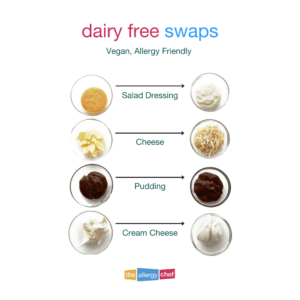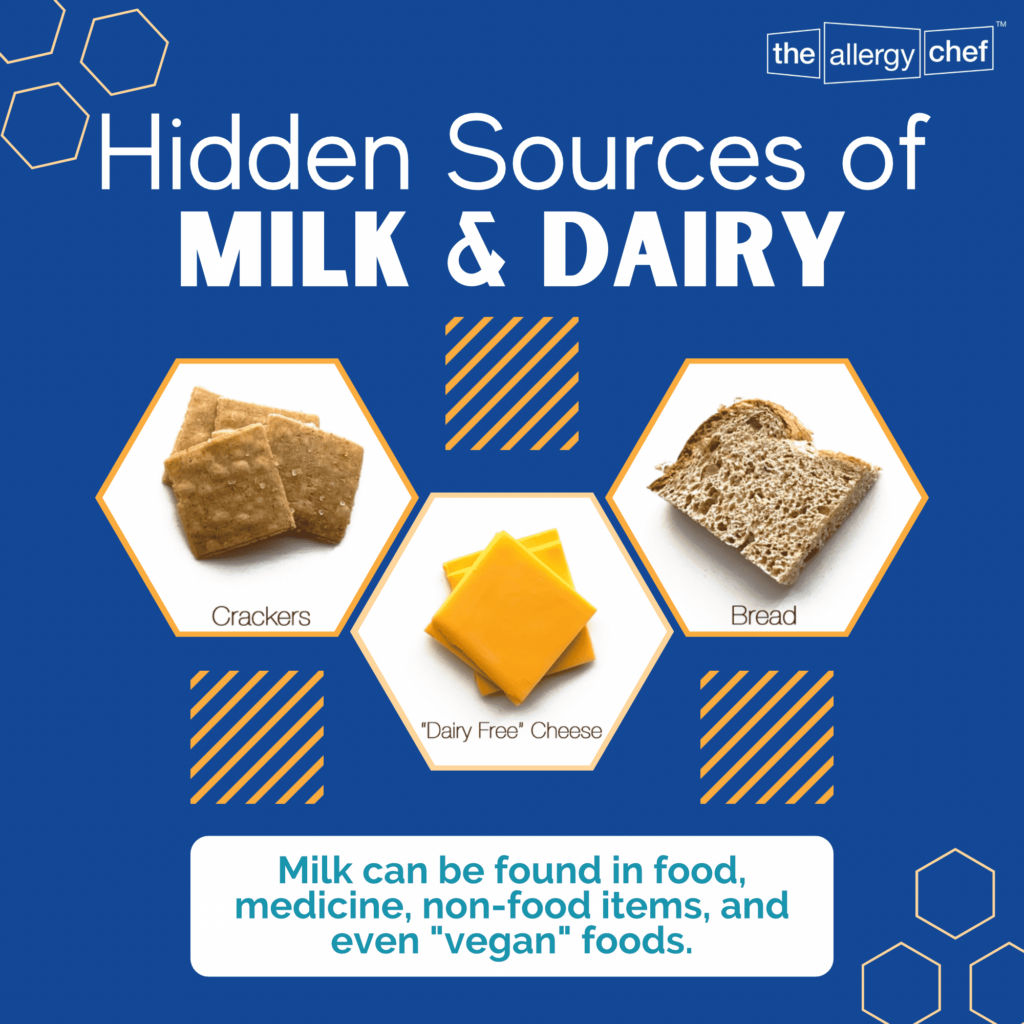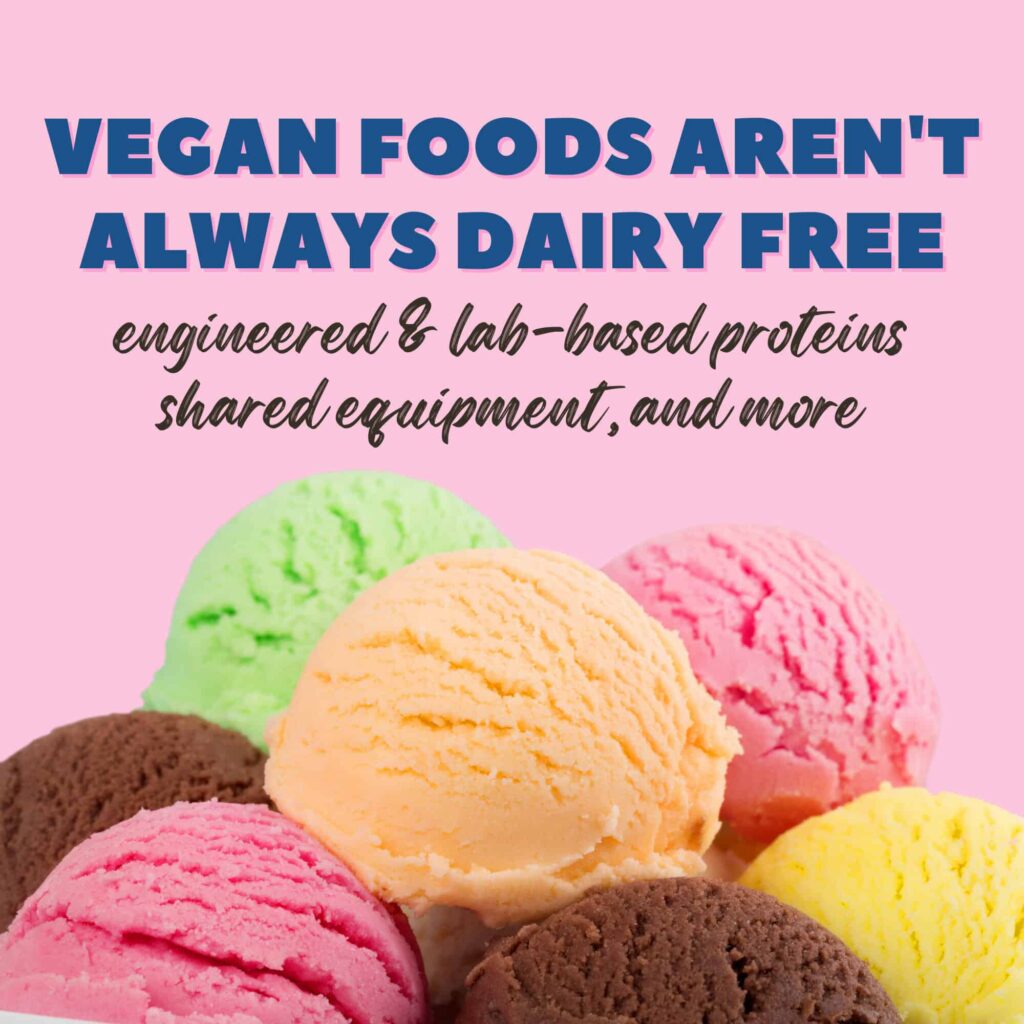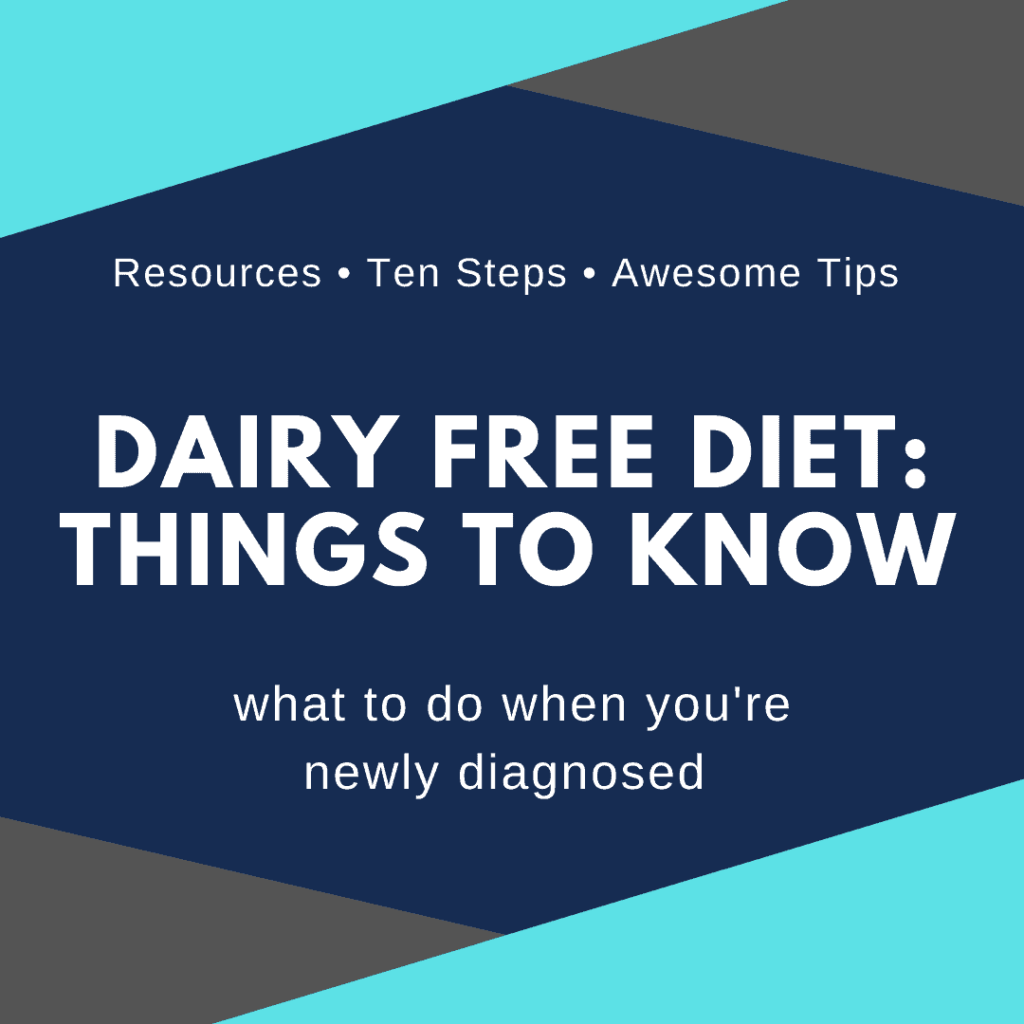Living dairy free (only) has honestly never been easier… maybe. When we first landed in the world of dairy free (over 15 years ago), there were so few options, and not much tasted good. These days, the food industry is taking notice of the growing market (especially because it overlaps with the vegan diet) and products are coming out very regularly.
It is important to say this upfront:
Anything that replaces actual cow’s milk will almost always contain a major allergen. With that in mind, this is a guide focused solely on milk/dairy free. I literally know of a HANDFUL of specific products that break this trend. Additionally, items meant to replace dairy-based products can come with a long list of ingredients you may not be fond of.
Whilst the latter has improved vastly, you’ll need to navigate your dairy free journey carefully. I can’t suggest the Spokin App enough. They have created a great database for people with food allergies, as well as user reviews. Their information is more geared for those who can have food made on shared equipment. If you’re not part of that group, check out RAISE.
DO NOT Rely On The Word Vegan
As of 2021 there are some new vegan products rolling out that use a lab based protein that mimics cow’s milk. It’s considered “revolutionary” in the field, however, can absolutely cause anaphylaxis for a person allergic to cow’s milk.
If you are allergic to milk, you can have a reaction to this lab protein. What gets me is there’s a company that use to print this detail on their packaging, then decided to drop the statement. It’s made me scrutinize even harder any new vegan products coming to market.
Know this: the mindset of a “vegan founder” is much different than that of a “dairy free founder”. One is trying to produce the best animal-free products that mimic animal-based products as best as possible. The other wants to eliminate all traces of dairy from their product.
Shared Equipment With Dairy aka May Contain
You may find some MAJOR brands missing from a category. Why? Because I’ve talked to them and learned that their products are made on shared equipment with dairy. I take the personal stance that to be free from an allergen, the equipment needs to be free from as well. Or, at the very least, disclosed on the label, which most of these companies aren’t doing.
Honestly, when putting together this article, I was devastated to learn about how much dairy free food was made on shared equipment with dairy. Whilst this isn’t a problem for about 70% of the free-from community, my goal is to make sure we ALL have safe and delicious food to enjoy.
Why I Take Such a Strong Stance
Once you learn all about copackers, you’ll have a deeper understanding of how things can go wrong in food manufacturing. On the FDA website, there’s a page about recalls, which includes undeclared allergens. There are an alarming number of these types of recalls by the way.
Case and point: The kids love Hippeas puffed snacks. They used to be one of the exceptions to the shared equipment rule in our home. Then, they had to issue a recall for undeclared milk. Never bought them again.
This was not a malicious action by Hippeas… This was the hard truth about sharing a line/copacker/facility with an allergen you’re trying to be free from. The only way to really get it right is to have a tight supply chain and make sure the allergen isn’t in the facility.
You can learn more about this in the Food Allergy Help 101: Hidden Allergens free mini eCourse.
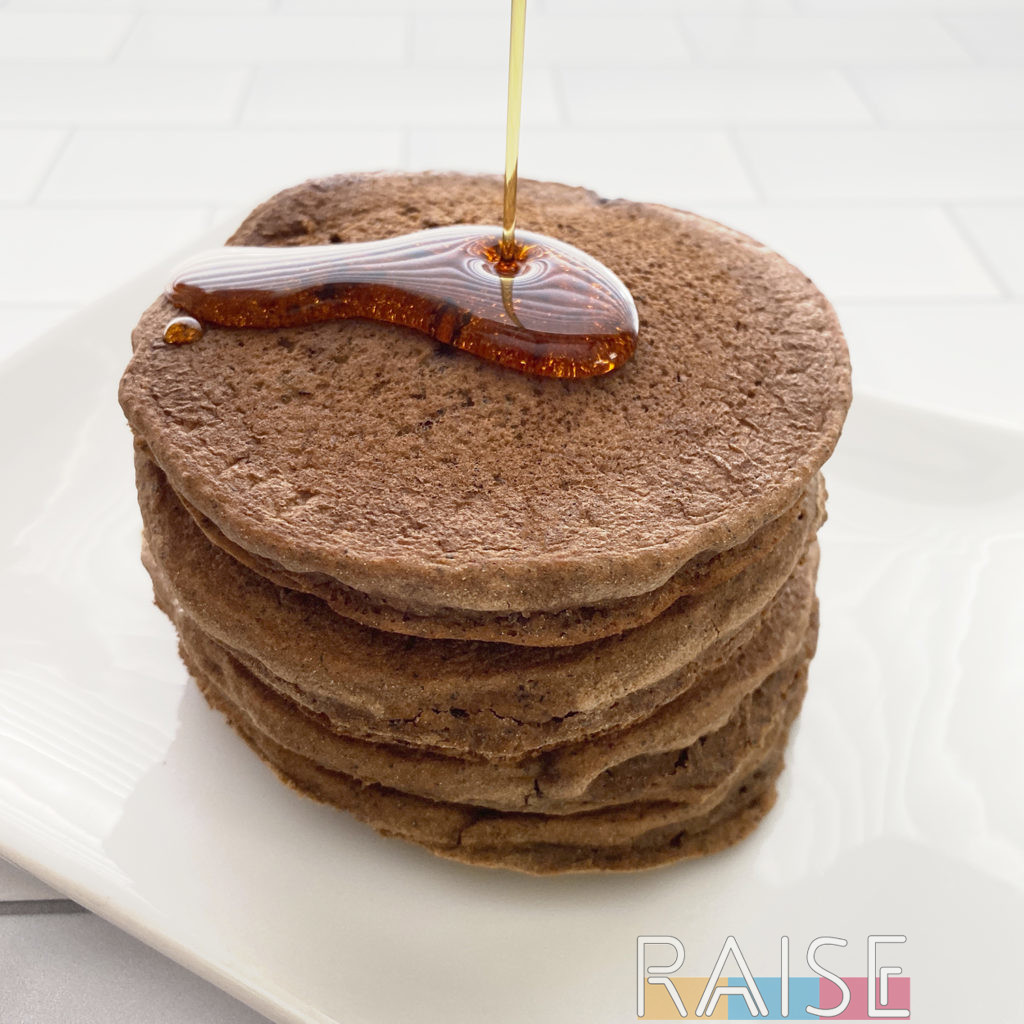 Delicious Dairy Free Recipe: Chocolate Buckwheat Pancakes (GF, Top 9 Free)
Delicious Dairy Free Recipe: Chocolate Buckwheat Pancakes (GF, Top 9 Free)
Does A Shared Facility With Dairy Matter?
Maybe. It depends on your level of sensitivity. For some people, the particulates in the air alone are a problem and they have to source food that’s made in a dedicated free-from facility.
In the case of Kid Two, now that he’s much older, he has decided he will eat food that’s made in a shared facility, so long as it’s made on dedicated equipment. Each person will have to make that decision for themselves.
It’s also important to note that the term facility can mean a lot of things. It can be the size of your kitchen or the size of a football field.
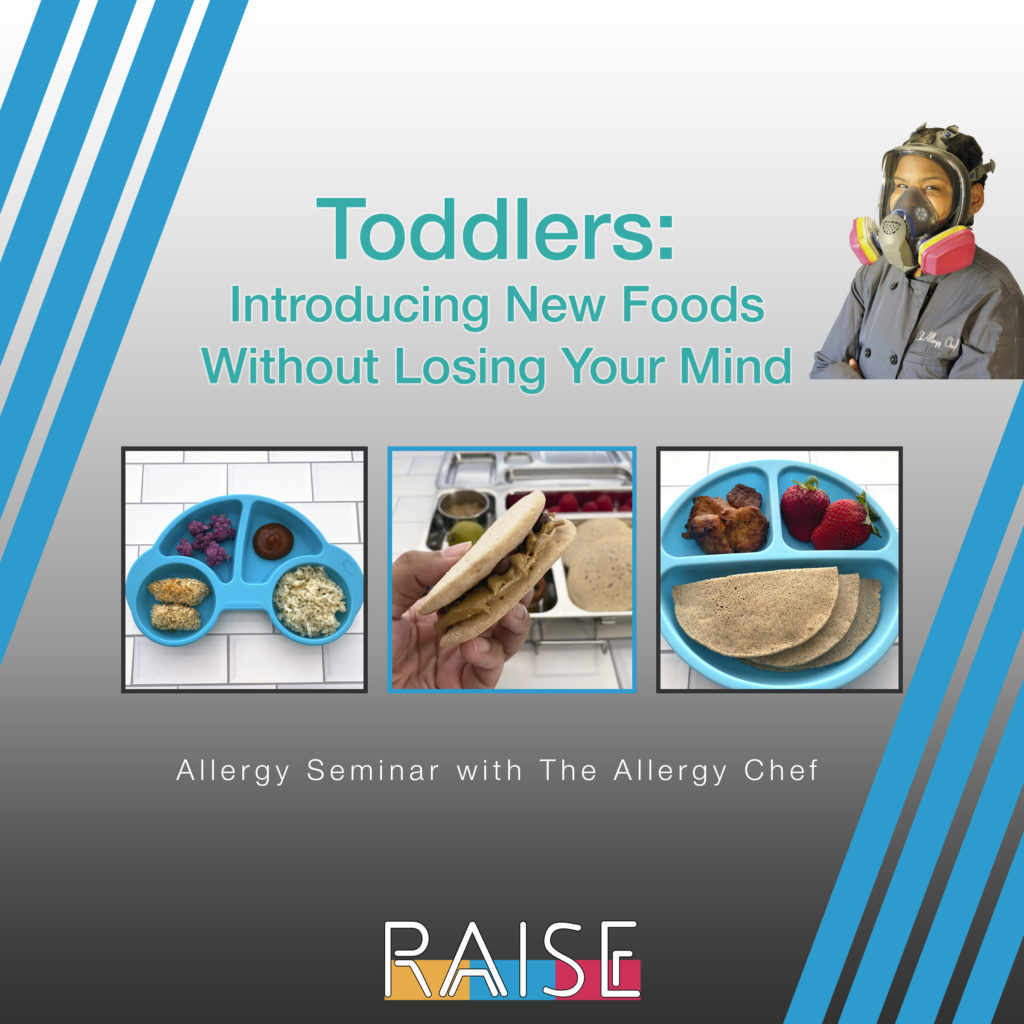 Awesome Allergy Seminar: Introducing New Foods to Toddlers
Awesome Allergy Seminar: Introducing New Foods to Toddlers
What does good food labeling look like for food allergies?
Zego Foods has developed the T-Code for companies to use. It’s an easy way to put info on the label, and users scan the code with their phone. Follow Your Heart, Banza, and Simple Mills each have fantastic allergen charts on their websites (found in the FAQ).
Another fantastic option I’ve seen a few companies using is something like this directly on the product label:
- Allergens in product: xyz
- Allergens on equipment: xyz
- Allergens in facility: xyz
This labeling is so wonderful because it closes the gap and eliminates the need to make a lot of phone calls. When a company writes “made in a shared facility with xyz” that could mean anything. It doesn’t tell consumers about the equipment, size of the facility, white zones, etc. At least this way, those who can/can’t do shared equipment have a much better starting point.
However, it’s important to note that companies using copackers can’t always accurately state which allergens are on the equipment, so they default to the facility statement. This is because the copacking facility can change anything at anytime.
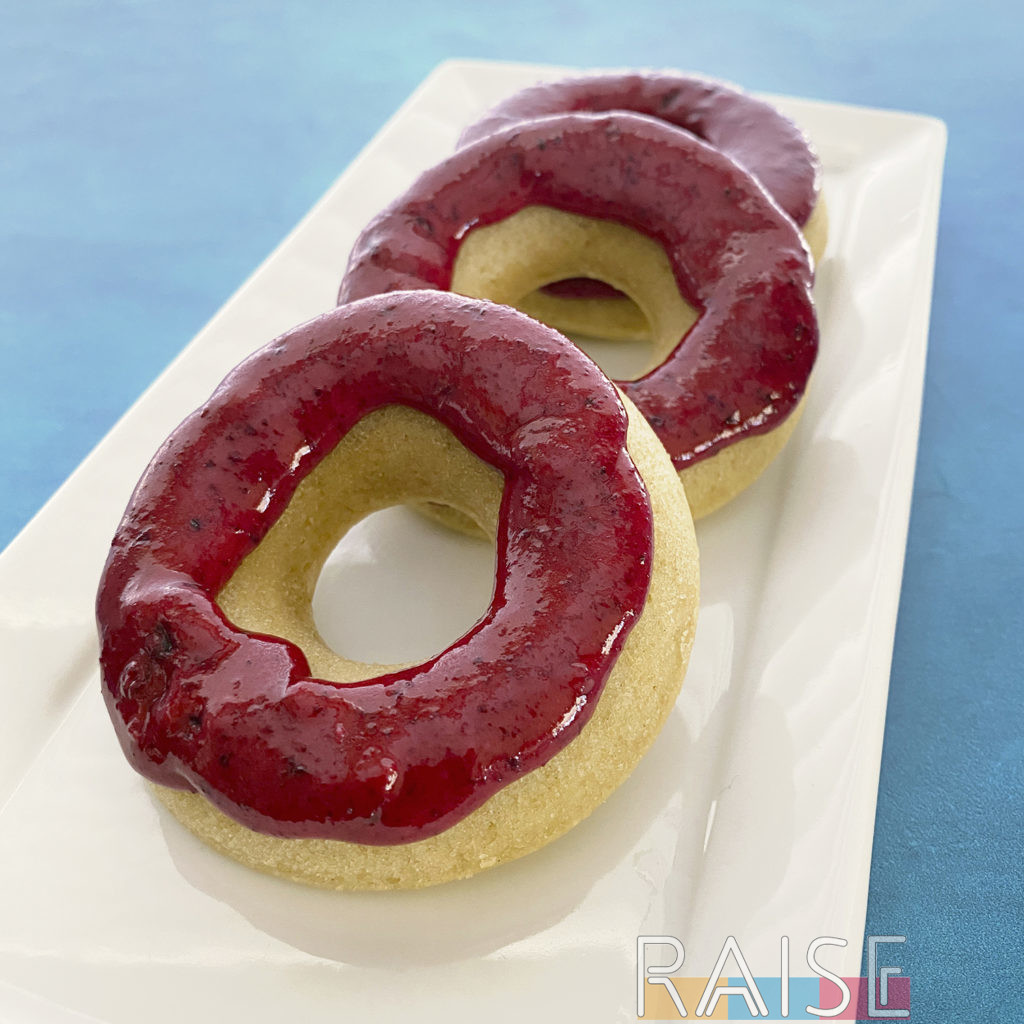 Delicious Dairy Free Recipe: Vanilla Cake Baked Doughnuts (GF, Top 9 Free)
Delicious Dairy Free Recipe: Vanilla Cake Baked Doughnuts (GF, Top 9 Free)
No Two People Are The Same
Some of you may be able to tolerate trace amounts of dairy, so I encourage you to reach out to companies. Call and learn all that you can and make an informed decision based on your needs. I‘ve made a place at the end of this article for companies made on shared equipment, and I’ve also included notes where applicable.
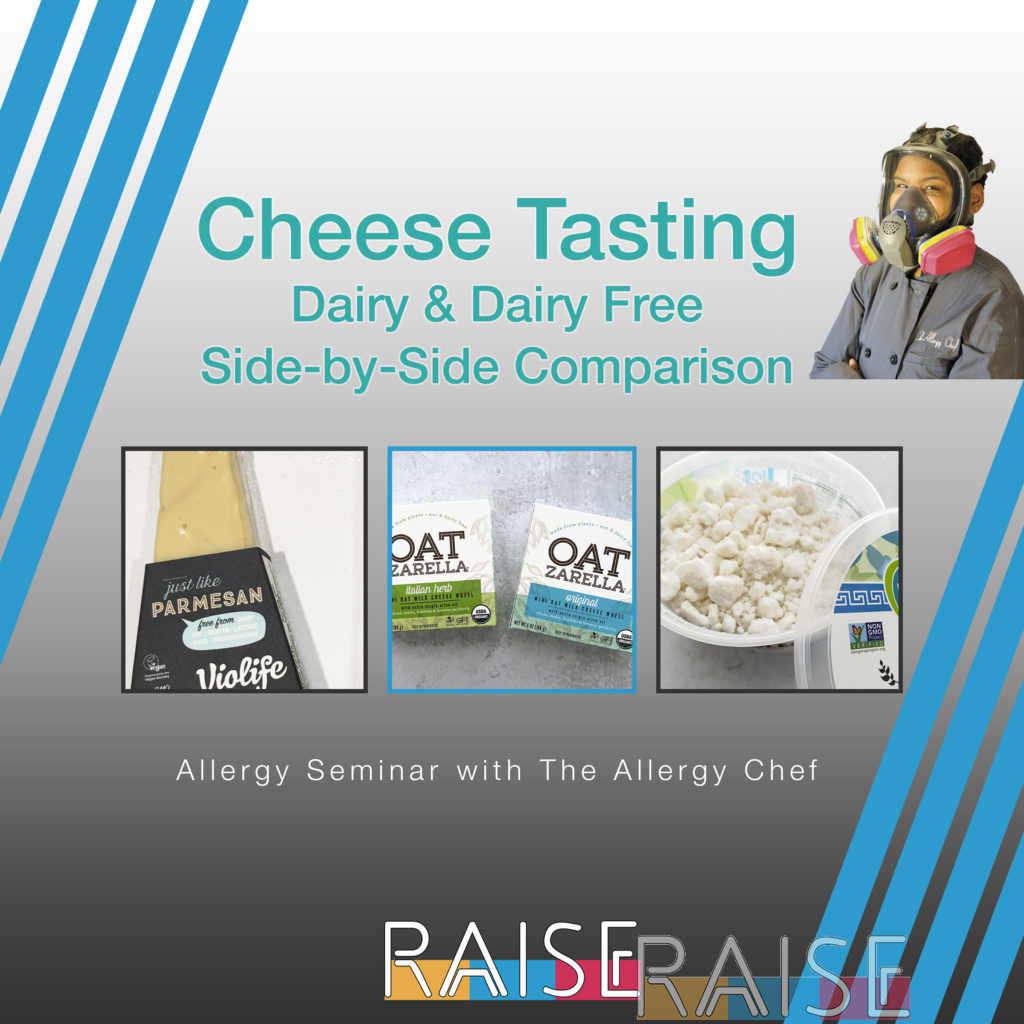 Allergy Seminar: Cheese Tasting
Allergy Seminar: Cheese Tasting
The Double Asterisk **
The ** indicates that I have reached out several times and have yet to hear back from this company. I don’t know if the items are made on shared equipment with dairy. Good luck reaching them.
Dairy Free Butter
- Earth Balance (the food service 30 lb box is top 8 free) I am unable to confirm any other product at this time.
- Fora Butter
- Melt (no experience with this brand, but don’t love their stance on soy allergy)
- Milkadamia (have heard good things)
- Miyoko’s (have heard good things)
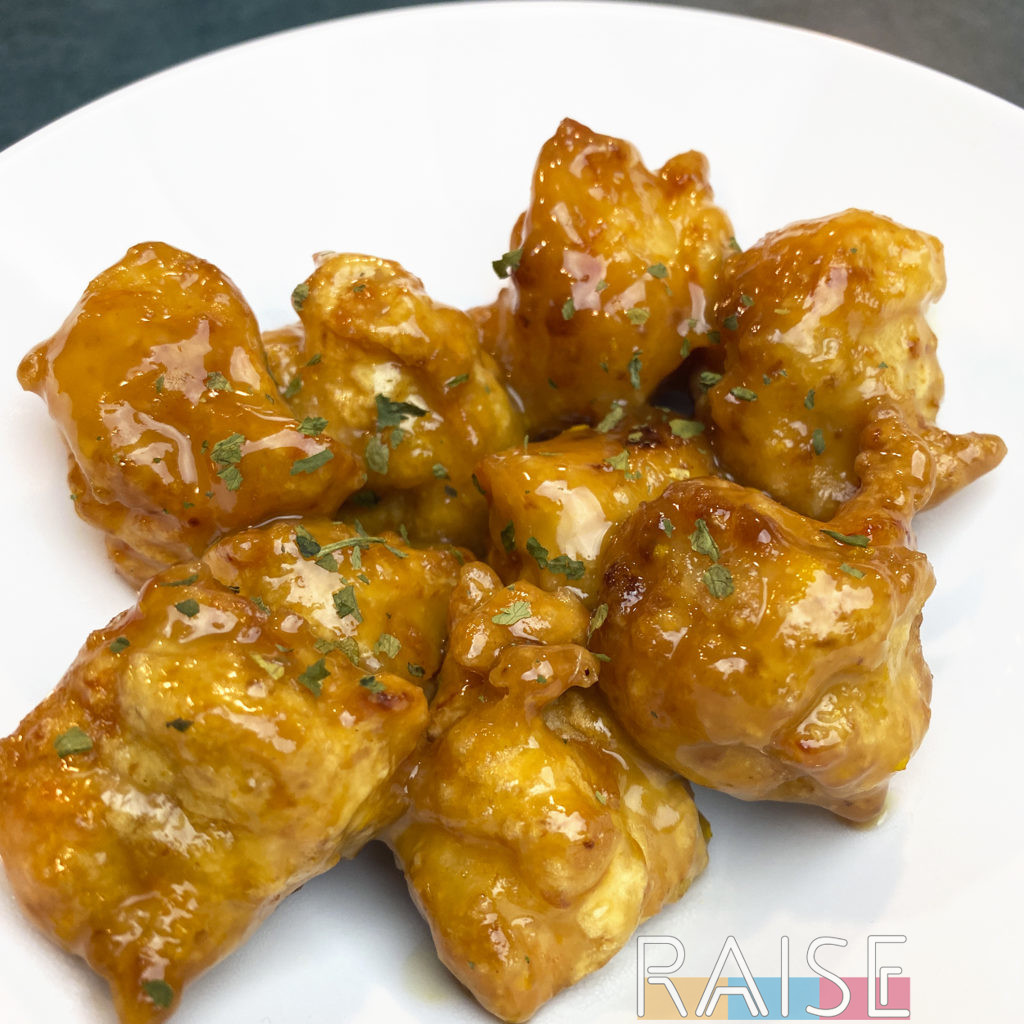 Delicious Dairy Free Recipe: Gluten Free Orange Chicken (Top 9 Free)
Delicious Dairy Free Recipe: Gluten Free Orange Chicken (Top 9 Free)
Dairy Free Candy
- Free 2 Be
- No Whey Chocolate
- Torie & Howard Hard Candies
Dairy Free Cheese
What’s promising in this category are the new international players that are trying to get US distribution. Fingers crossed!
- Daiya (new parent company may not sit well with ethical vegans)
- Follow Your Heart (shreds only, check FAQ for allergen chart)
- Kite Hill (clean ingredients)
- Miyoko’s (has a very adult taste, clean ingredients)
- Oatzarella
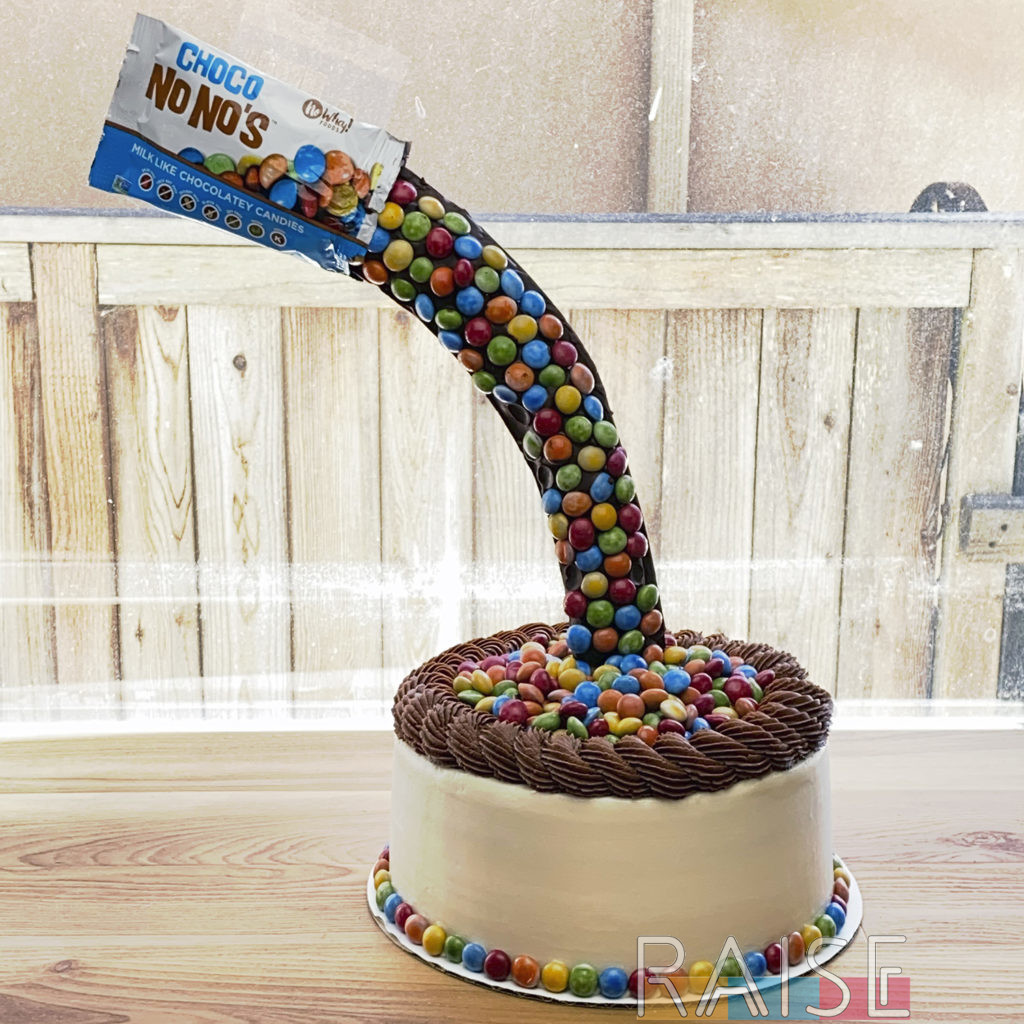 Gravity Cake Tutorial
Gravity Cake Tutorial
Dairy Free Chocolate
- Coracacao Confections (contains nuts)
- Enjoy Life Foods (call to confirm facility and equipment)
- Equal Exchange (only the chocolate chip product, it’s made in a top 8 free facility)
- Pascha Chocolate (also has corn free options)
Dairy Free Cream Cheese
- Kite Hill
Dairy Free Ice Cream
Be cautious of brands that produce both dairy and dairy free ice cream. 99% of the time it’s shared equipment. I know of one (popsicle) brand that has separate equipment.
- Beckon (lactose free only)
- Cado Ice Cream (equipment is DF, facility is not)
- Green Girl as of 7/21/2019 lot code, they are now in their own dedicated facility and preparing their website for shipping. (contains coconut)
- Nana Creme (top 8 free and dedicated facility)
- Rice Dream
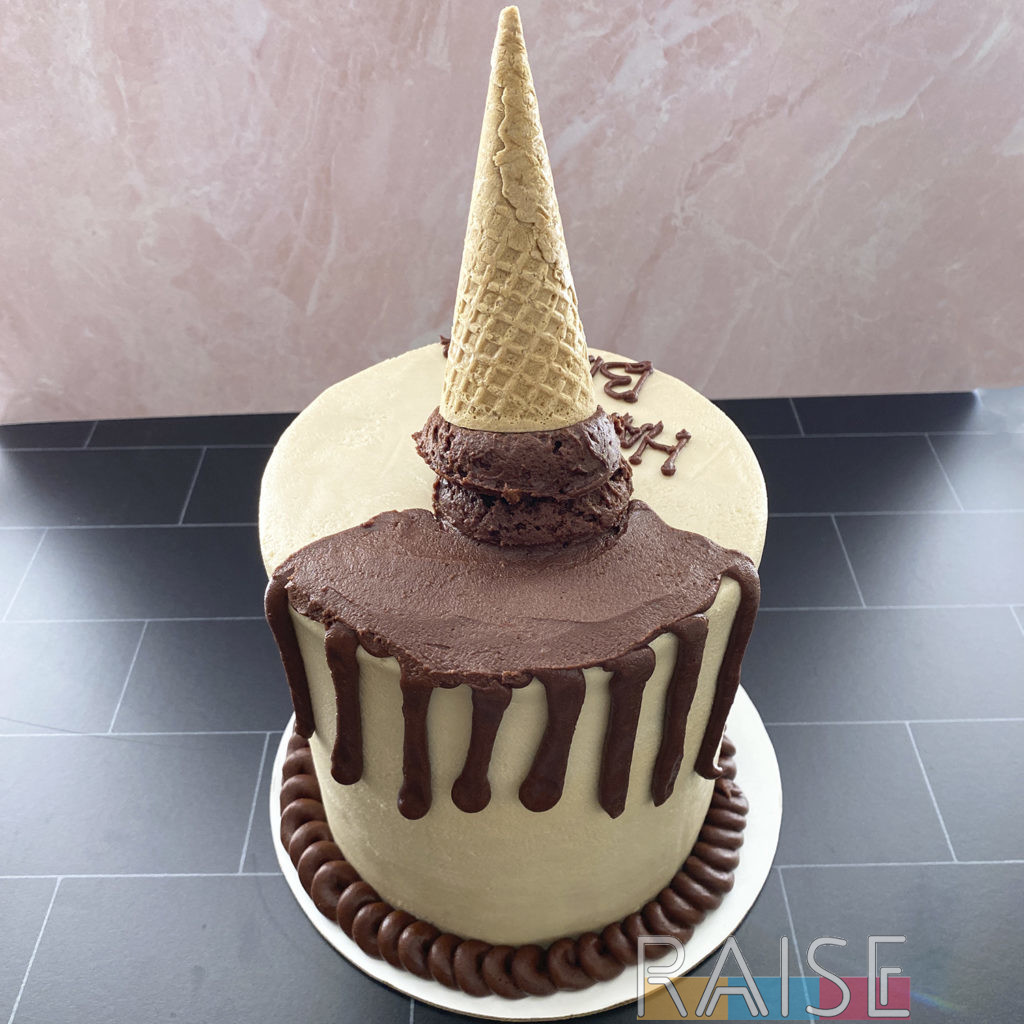 Melted Ice Cream Cone Cake Tutorial
Melted Ice Cream Cone Cake Tutorial
Dairy Free Milk
- Almond/Rice Dream
- Eden Foods (soy milk)
- Elmhurst**
- Forager Project**
- Hope & Sesame
- Malk Organics**
- New Barn Organics**
Dairy Free Yogurt
- Coconut Cult**
- CoYo
- Dahlicious**
- Follow Your Heart
- Forager Project**
- Harmless Harvest**
- Kite Hill (small container only)
- Lavva**
- Vega
- Yoconut
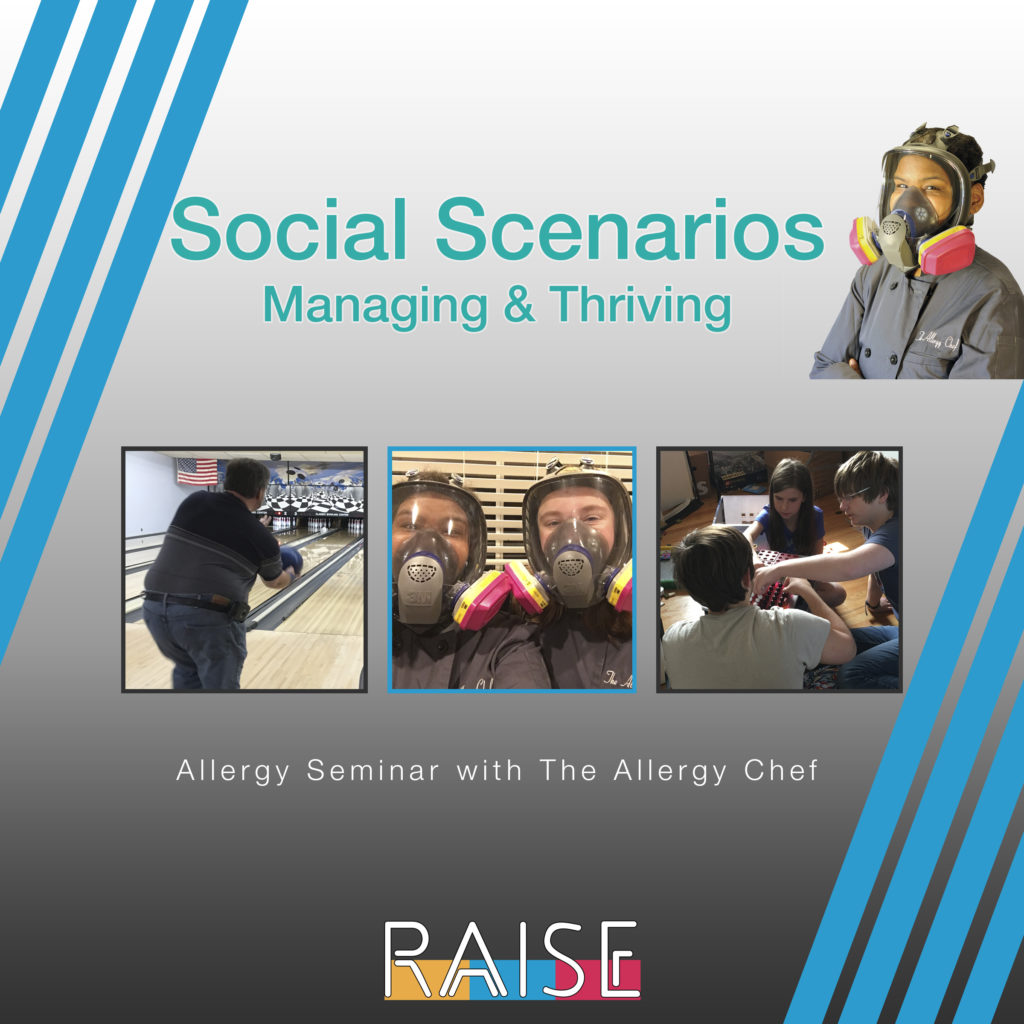 Allergy Seminar: Social Scenarios ~ Handling the Social Aspects of Food Allergies and Restricted Diets
Allergy Seminar: Social Scenarios ~ Handling the Social Aspects of Food Allergies and Restricted Diets
Brands Producing Non-Dairy Items on Shared Equipment with Dairy
For this section I’m choosing the term non-dairy, as there’s no guarantee it’s truly dairy free. This list only includes brands that were honest, upfront, transparent, and straightforward. Most of the people I spoke with seemed very committed to the safety of the food allergy community. Anyone that seemed suspicious or gave me a hard time were not included. If you can’t be transparent, you can’t be trusted.
For each of these brands, there are allergy cleaning programs in place. However, that doesn’t mean you should inherently trust them with your life. No system is perfect (not trying to scare you, only inform you). If you’d like to trust a brand, ask them how often the equipment/product has failed testing, and research their recalls due to allergen exposure.
- Vio Life (cheese, part of the process exposes the products to possible cross contamination with dairy)
- Daiya (ice cream bars only)
- Coconut Bliss (ice cream)
- Nada Moo (Ice cream)
- Pacific Foods (non-dairy milk)
- Nancy’s (yogurt)
- Ruby Rocket (yogurt)
- Silk (yogurt, milk)
- So Delicious (yogurt, cheese, ice cream, they are SUPER transparent on label)
- Tofutti (cream cheese, sour cream)
- Ripple (non-dairy milk)
- Good Karma Foods (flax milk)

